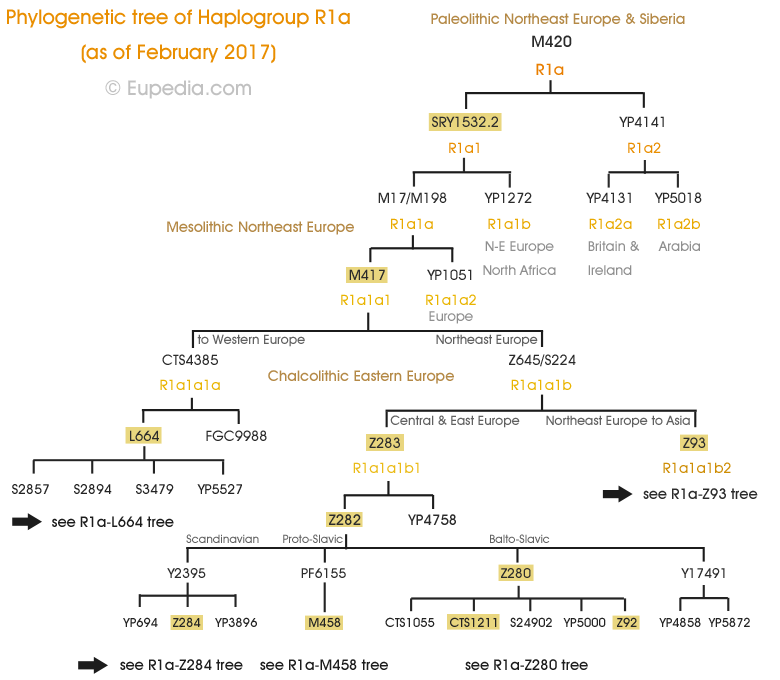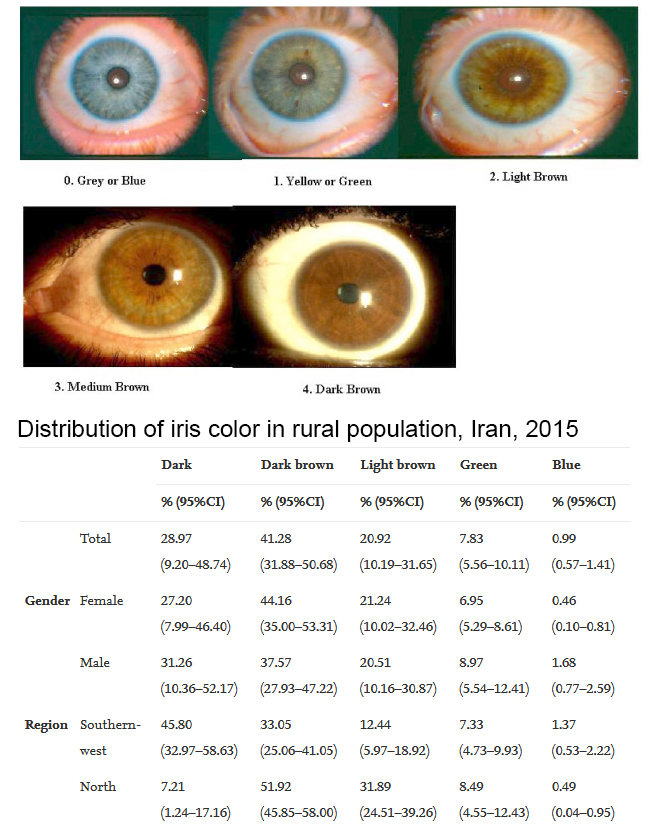bicicleur 2
Regular Member
- Messages
- 6,367
- Reaction score
- 1,402
- Points
- 113
Transition from the Stone to the Bronze Age in Central and Western Europe was a period of major
population movements originating from the Ponto-Caspian Steppe. Here, we report new genome-wide
sequence data from 28 individuals from the territory north of this source area – from the under-studied
Western part of present-day Russia, including Stone Age hunter-gatherers (10,800–4,250 cal BC) and
Bronze Age farmers from the Corded Ware complex called Fatyanovo Culture (2,900–2,050 cal BC).
We show that Eastern hunter-gatherer ancestry was present in Northwestern Russia already from around
10,000 BC. Furthermore, we see a clear change in ancestry with the arrival of farming – the Fatyanovo
Culture individuals were genetically similar to other Corded Ware cultures, carrying a mixture of Steppe
and European early farmer ancestry and thus likely originating from a fast migration towards the
northeast from somewhere in the vicinity of modern-day Ukraine, which is the closest area where these
ancestries coexisted from around 3,000 BC.
https://www.biorxiv.org/content/10.1101/2020.07.02.184507v1
population movements originating from the Ponto-Caspian Steppe. Here, we report new genome-wide
sequence data from 28 individuals from the territory north of this source area – from the under-studied
Western part of present-day Russia, including Stone Age hunter-gatherers (10,800–4,250 cal BC) and
Bronze Age farmers from the Corded Ware complex called Fatyanovo Culture (2,900–2,050 cal BC).
We show that Eastern hunter-gatherer ancestry was present in Northwestern Russia already from around
10,000 BC. Furthermore, we see a clear change in ancestry with the arrival of farming – the Fatyanovo
Culture individuals were genetically similar to other Corded Ware cultures, carrying a mixture of Steppe
and European early farmer ancestry and thus likely originating from a fast migration towards the
northeast from somewhere in the vicinity of modern-day Ukraine, which is the closest area where these
ancestries coexisted from around 3,000 BC.
https://www.biorxiv.org/content/10.1101/2020.07.02.184507v1





